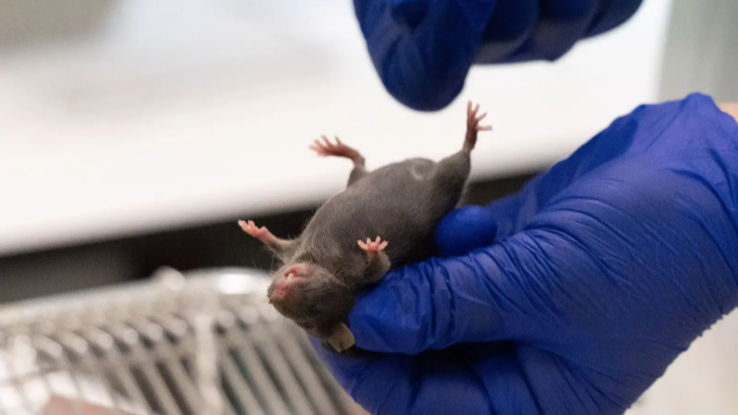Reducing animal use in lung cancer research
- Gege Li
- Oct 30, 2023
- 1 min read

Researchers in Norway have found a way to improve a non-animal method to study lung cancer, which reduces the numbers of animals needed in tests.
Microfluidic chips allow researchers to carry out experiments outside living organisms, for example using ‘organ-on-chips’ that mimic how specific human organs work.
However, the effectiveness of these chips can be limited by the materials they are made from, which do not fully recreate natural conditions – such as sufficient levels of oxygen – and therefore prevent the long-term study of cells.
Now a project, at the Foundation for Industrial and Technical Research (SINTEF), in Trondheim, aimed at developing tools to learn more about the interaction between lung cancer cells and immune cells, has found a better material for microfluidic chips – a polymer called polymethylpentene (PMP).
The polymer allows oxygen levels to be maintained, so that cells can be cultivated on the chips for more than four days.
The findings, which have the potential to improve our understanding and treatment of lung cancer, were described in a recent SINTEF blog post by researchers Linda Sønstevold and Elizaveta Vereshchagina (pictured).
Meanwhile, a US lung cancer study at Stanford University School of Medicine, California, has made use of another in vitro method – organoids – along with mice and human tissue samples, to show that cancer cells that spread to the brain can survive by ‘tricking’ brain cells to promote their growth.
It is hoped that blocking this process may help to slow, or stop, the spread of lung cancer to the brain.



